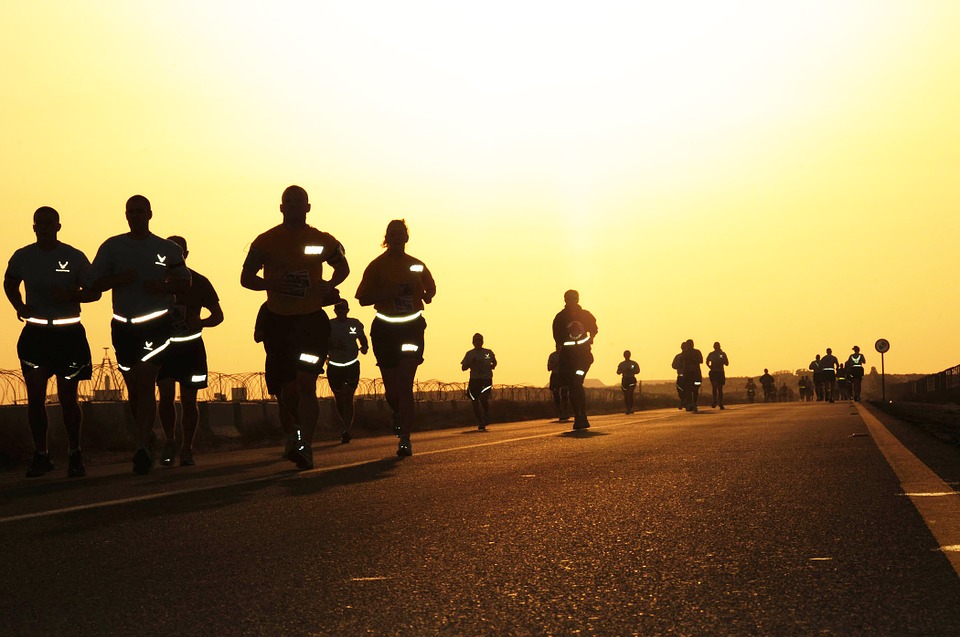Ten Tips to Help Master the 10k – part 1
Hi there, and welcome to the Mohsin Salya blog.
If you are an experienced runner you may think that a 10k is ‘only 6.2 miles’. But the 10k requires both decent speed and a strong level of endurance. Whatever your level of fitness, a 10k run requires appropriate training and preparation.
Today I want to share some tips I found on a guest post by Laura Norris, a certified running coach, on bloglovin.com. Here, she gives some great advice on how to prepare your mind and body.
1 – Think about pace
For a beginner, the prospect of a 10k may be daunting. You need to focus on building your endurance rather than speed in order to complete the distance without causing a great deal of stress on your body. Bear in mind the time it takes to complete it too – new runners should aim for around an hour.
For the more experienced runners, you should look to complete some speed work early on in your training. As you approach the race you should move towards your steady 10k pace so you can become familiar with your goal speed before the big day!
2 – Don’t train on a track!
10k races are rarely held on a race track so you shouldn’t be training on one. You need to prepare yourself for the terrain you will be running on during the race itself. Get used to inclines and uneven surfaces. The last thing you want on the day is to run out of energy because you weren’t prepared for a hill!
3 – Add in a long run
When training for a 10k you might not have the time to complete the distance regularly, meaning your training sessions are shorter. This is to be expected, but you should aim to add one long run into your training schedule every week. The long run should be relative to your weekly mileage.
Laura advises that beginners should aim for one hour – this should be around six miles and will give you a feel for the actual 10k. More experienced runners should work towards completing two hours – around 12-15 miles. She explains: “Long runs will help create an aerobic base that is necessary for running fast over the 10K distance.”
4 – Prepare mentally
However well you train, you’ll certainly feel the last two miles of your 10k. The best thing to do is mentally prepare for the physical discomfort you might feel.
When you hit this point, you should carry on. Don’t give up! However it is very important that you understand the difference between discomfort and pain for runners. Don’t push yourself if you start to feel pain during your run, but a little discomfort will probably give you the push you need to make it across the finish line.
5 – Spilt the race up
This point can also help with your mentality during the race. Knowing where you are, and what pace you should be aiming for, should help you feel in control.
You can section the race into as many pieces as you need to get you through, however Laura suggests splitting the race into three sections, each just over two miles long. Taking the first section at a slower than goal race pace, you should then move up to a steady 10k pace for the second section, before ramping it up gradually so by the last few minutes you are running as fast as you can sustain.
Until next time,
Mohsin Salya




